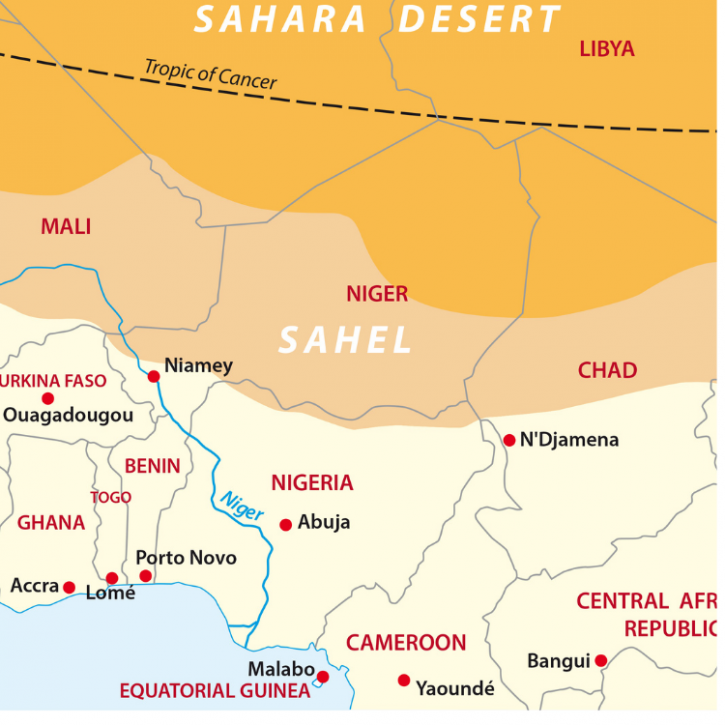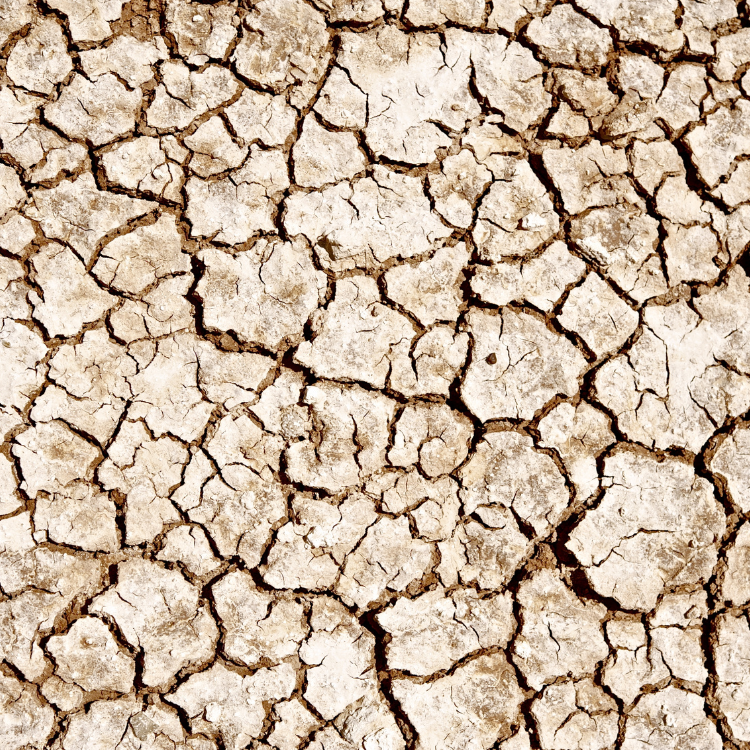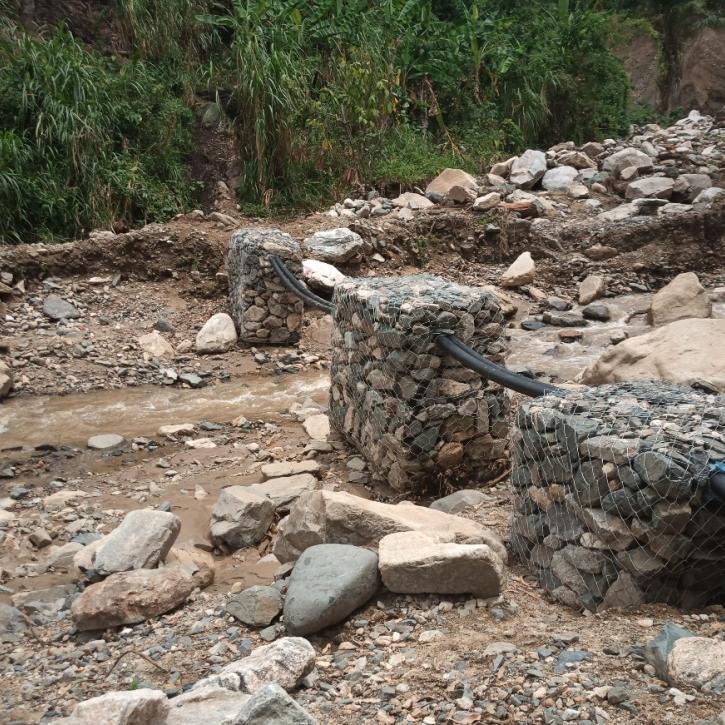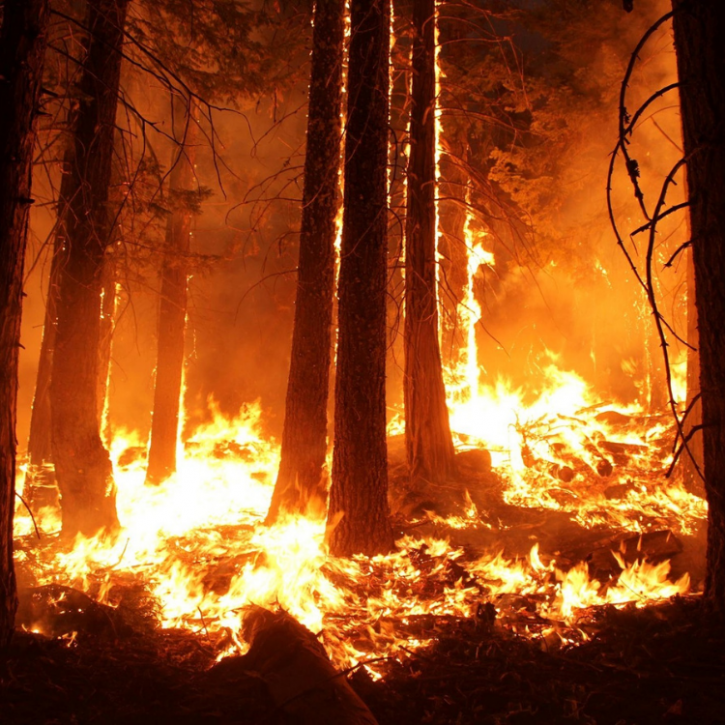

Understanding mechanisms for trends in Sahelian squall lines: Roles of thermodynamics and shear
Title: Understanding mechanisms for trends in Sahelian squall lines: Roles of thermodynamics and shear
Authors: Megan E. Bickle, John H. Marsham, Andrew N. Ross, David P. Rowell, Douglas J. Parker, Christopher M. Taylor
Journal: Quarterly Journal of the Royal Meteorological Society
URL: https://doi.org/10.1002/qj.3955
Climate change is expected to increase extreme rainfall, but by how much remains uncertain; a warmer atmosphere can hold more water vapour, allowing heavier rainfall, while extreme storms may also be enhanced in complex and uncertain ways. This is particularly true for the West African Sahel, a semi-arid region just south of the Sahara, where the West African monsoon brings the annual rainfall, on which millions depend, but where severe storms threaten lives and livelihoods.
Large organised systems of thunderstorms (reaching 100s of kms across) produce around 90% of the Sahel’s annual rainfall. These systems are favoured by the contrast between the low-level south-westerly monsoon winds and the mid-level African Easterly Jet (around 3-4 km above the surface): this change in winds with height (“wind-shear”) separates storm updrafts from downdrafts, and allows storms to sustain themselves over many hours. Recent research has used satellite data, as well as rain gauges, to show intense Sahelian storms have intensified in recent decades, despite little change in average rainfall. The research suggested that a simultaneous increase in both the monsoon winds and the African Easterly Jet may have supported this trend by increasing wind-shear.
We used a detailed model of a typical Sahel storm to test the hypothesis that changes in wind-shear may have increased intense storms and whether this may continue in the future. Initialising our simulations with environments representative of the 1980s, 2006 and the end of this century allowed us to isolate how changes in temperature and humidity versus changes in wind speed -- alone and combined -- affect the intensity of storms. Our results supported the hypothesis that increases in wind shear have and will increase severe storms.
Understanding why wind-shear has these effects is important for making predictions for the future. Through calculating the inflow of available energy and moisture into the storm we were able to predict the average updraft speeds and mean rainfall rates of our modelled storms. Stronger near-surface winds can increase the inflow of moist air while a stronger easterly jet is associated with faster moving storms, allowing for a greater inflow rate of low-level air. Current global weather and climate models do not explicitly model convective storms such as those in the Sahel, relying instead on approximations known as parametrisations. These parametrisations do not currently account for wind-shear, however, and our study highlights the need for future models to be able to account for these effects.




